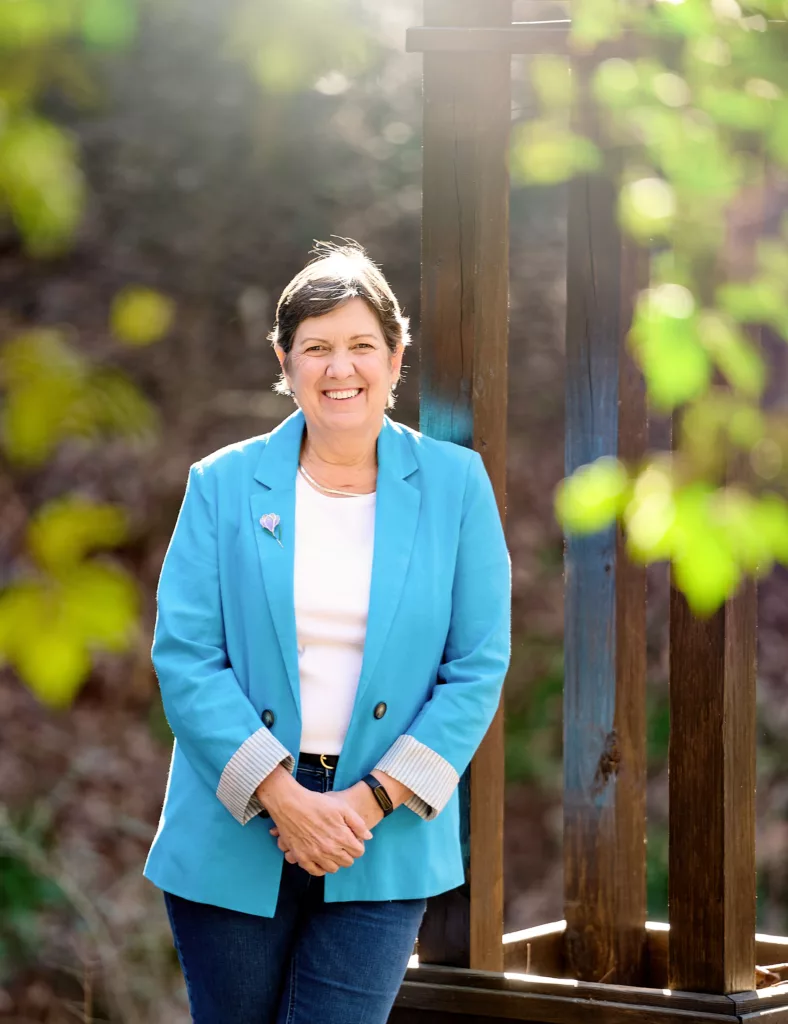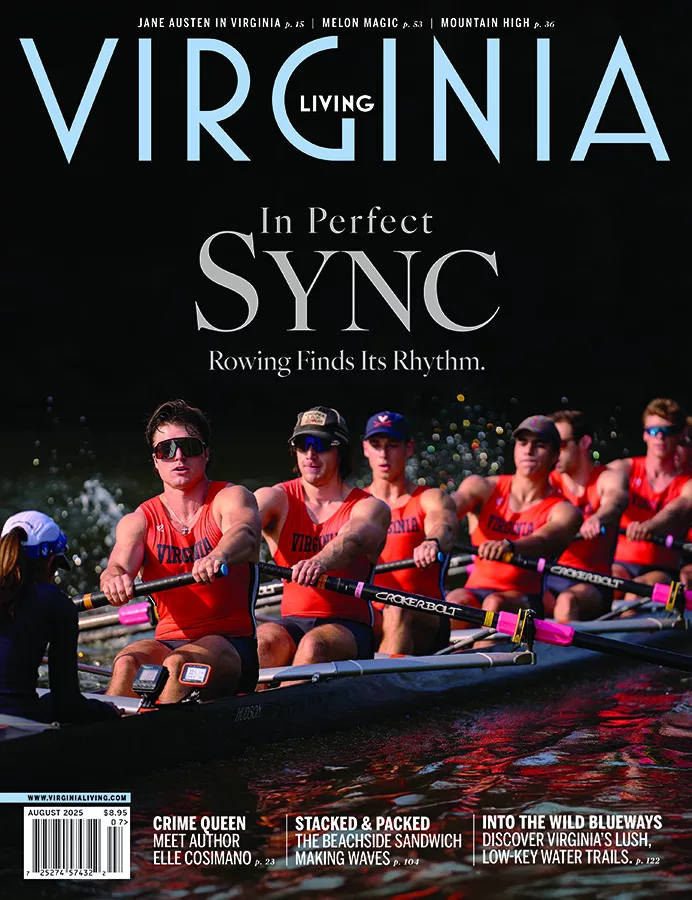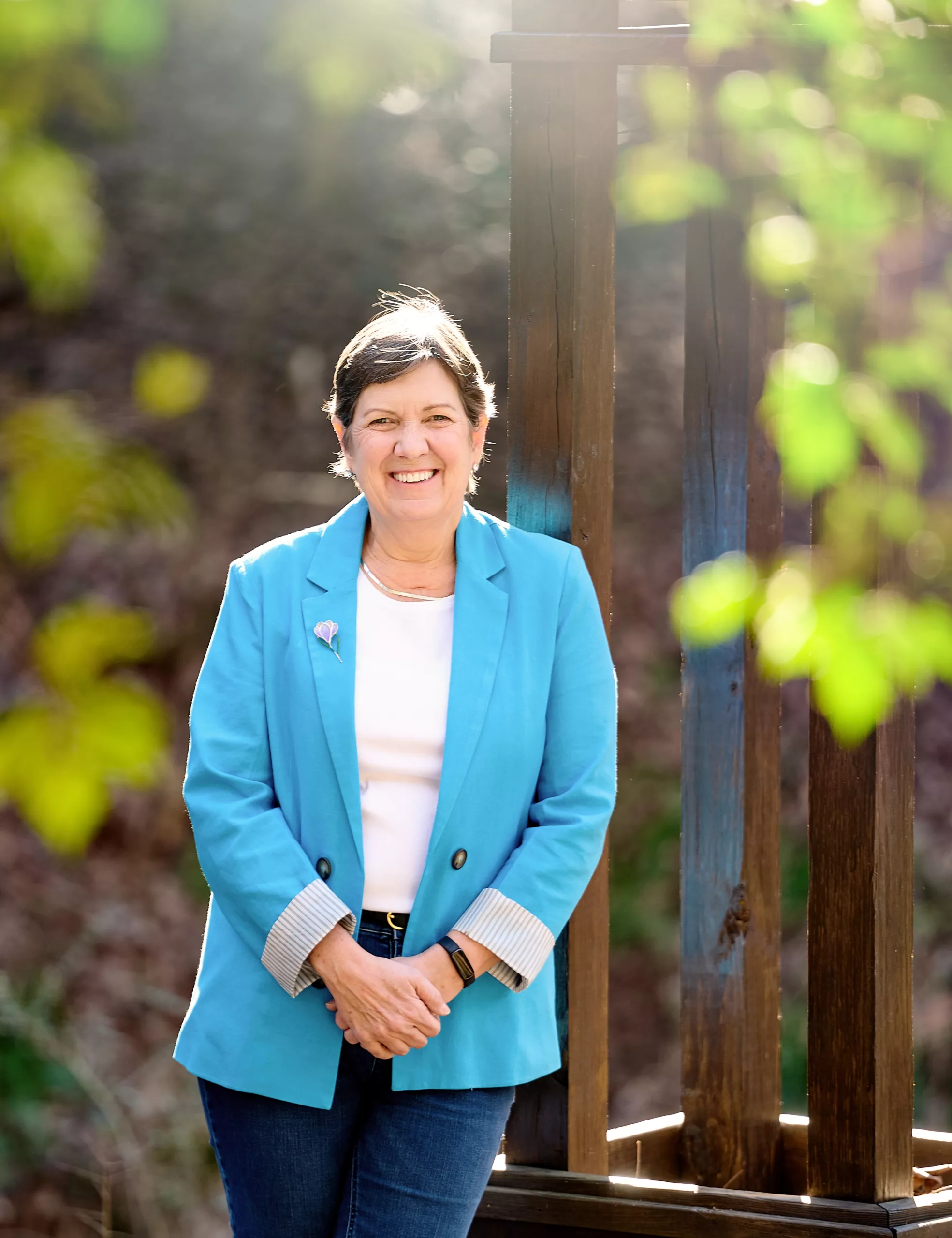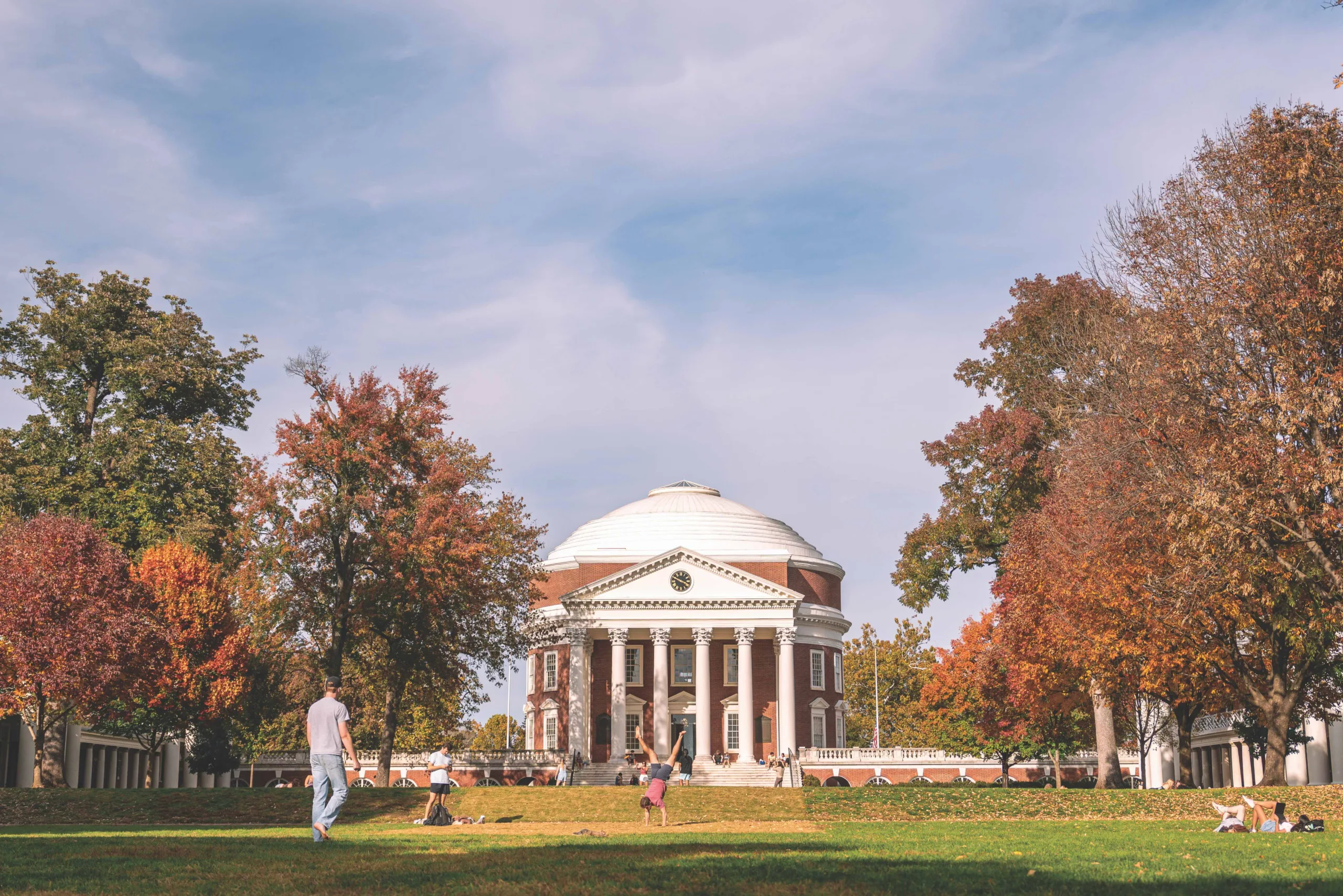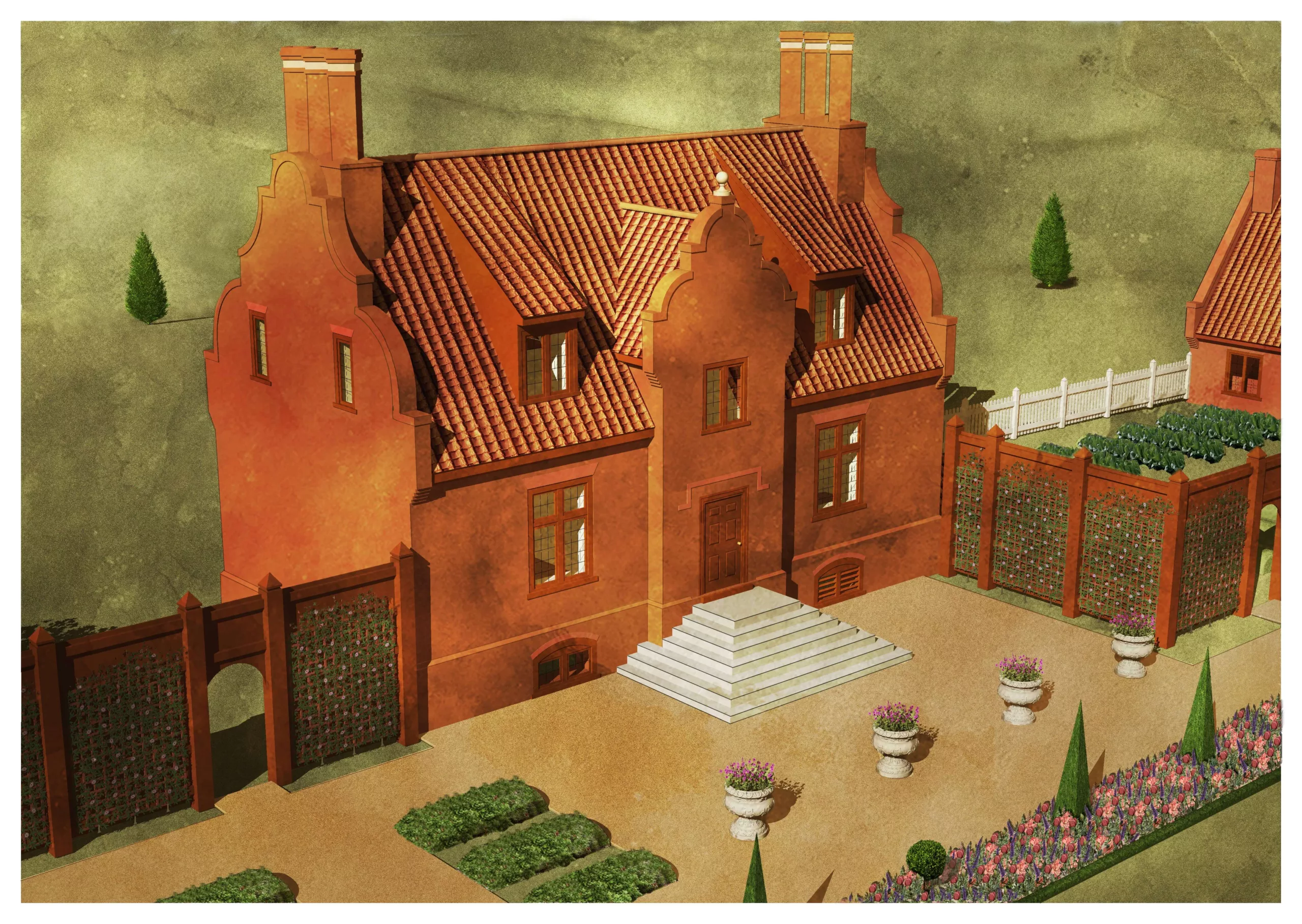Shrubs: Winterberry holly, Ilex decidua
This native shrub is a favorite of mine because of the multi-seasonal interest it provides in our landscapes. I love the red berries in winter and so do the birds and pollinators. With different varieties growing to varying heights, there is a size for every garden and landscape. The plant typically has a vase-shaped growth habitat, making it easy to grow other plants underneath its canopy. However, the important detail is—as with all hollies—Winterberry requires a male plant placed nearby to pollinate the female so the berries are produced each season. Specific male cultivars are required to match the bloom time of the different female varieties so please purchase the plants from a locally owned garden center.
Trees:
- Sourwood, Oxydendron arboreum
The narrow growth habit and size of this native deciduous tree makes it versatile for use in most landscapes. I love the fragrance of the summer flowers, and so do the pollinators. The seed clusters mimic the flowers to the point it can appear to the layman that it is still flowering even during the fall. Whether the tree is situated in sun or shade the leaves typically turn an intense crimson color in the fall.
- American Elm, Ulmus americana
I can almost hear people gasp as they read this, but there are many cultivars resistant to Dutch Elm Disease in the trade. This amazing native plant is a fast-growing shade tree which forms a graceful vase shape as it matures. The branches are strong, making it a great shade tree to use near a home. This arboreal giant is an important resource for pollinators because it blooms very early in spring when very little is in bloom. Unlike oak leaves, elm leaves have a low tannin content, making it easy to mulch them with a mower each fall.
Perennials:
I have been gardening with deer for too many years to count and this has influenced the perennials I grow. Add to the list of qualifications is multi-seasonal interest, plus disease and drought resistance. While this leaves quite a list, my favorites today are:
- all False Indigo, Baptisia spp.,
- all Hummingbird Mint, Agastache foeniculum, particularly the spring to fall blooming cultivar, ‘Morello’, and
- Hubricht’s Amsonia, Amsonia hubrichtii. I LOVE the soft willowy foliage which turns a glowing golden in the fall.
Annuals:
When choosing annual bedding plants, I focus on a few attributes such as heat and drought tolerances, deer resistance, free flowering so there is no need to deadhead it, and colorful, season-long blooms. There are a few annuals which meet all of these criteria, and of that list, I enjoy growing different cultivars of the following favorites:
- Lantana camera, annual lantana
- Cartharanthus roseus, annual vinca
- Amsonia angustifolia, the ‘Serena’ series of this summer snapdragon
Vines:
Vertical elements catch the eye, and for season-long blooms, vining Coral Honeysuckle, Lonicera sempervirens, cultivar ‘Major Wheeler,’ fits most gardens perfectly, topping out at 10 feet. Peggy’s go-to website for plant-related information is hosted by Dr. Linda Chalker-Scott, Washington State University, Puyallup.wsu.edu/lcs/. A list of her research weighing in on the garden myths and hacks on the internet is invaluable. This is science-based research, wonderful proven factual information. As a professional horticulturist, I geek out on research and encourage every gardener to check out this site.
